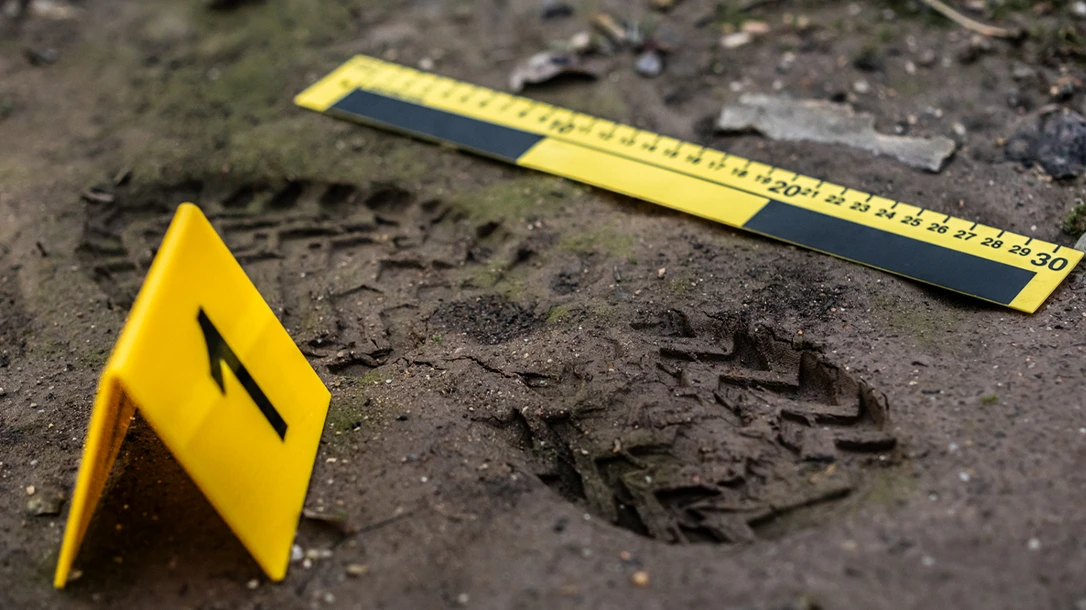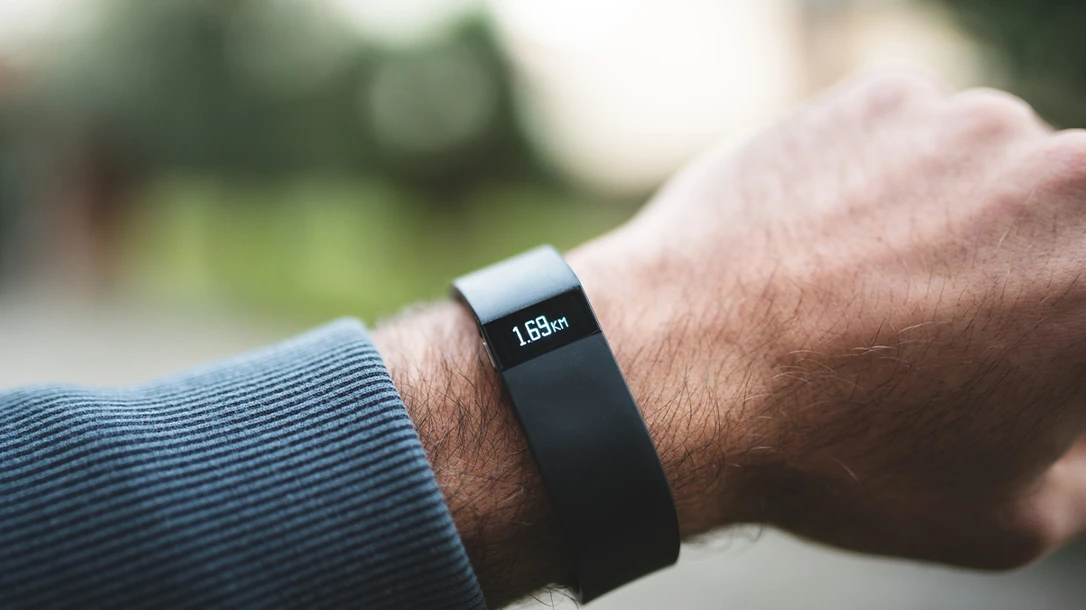Technology has its place in almost every aspect of life these days, including solving cold cases. Drug busts, missing persons cases, petty crimes, and some homicide investigations have been solved using social media and electronic devices that most of us use every day. Here are five particularly notable cases that were solved in unconventional yet modern ways.
Cold cases are often complex and challenging to solve. Sometimes, putting the case out on social media helps to bring the investigation to a conclusion.
A 1968 case was solved through social media in New York. The cold case murder of Carolee Ashby is no longer cold, thanks to investigators and social media.

Cold Cases Solved by Social Media
The original incident occurred on October 31, in the late 1960s. Carolee Ashby was only 4 years old when she was struck by a drunk driver. At the time, police had no real leads to follow, and the case grew cold. Today, there is a chance that investigators could access doorbell camera footage or other surveillance footage. However, in 1968, when the incident occurred, those luxuries were not readily available. For this reason, and most likely due to the lack of any eyewitnesses at the time of the incident, the case went cold.
For one law enforcement officer, the case would not rest until he had answers. Lieutenant Russ Johnson retired but decided to post about the case on social media to see if he could generate any leads. His post discussed remorse for not being able to solve the case. Others shared Lt. Johnson’s post, and the word finally made its way to Florida.
A lady in the Sunshine State had a friend from New York who told her of a story one time about being a passenger in a car who hit a young child.
The driver’s name was Douglas Parkhurst, who was a juvenile at the time of the incident. She described the incident, stating he had hit a child on Halloween around the time of Carolee Ashby’s death. Police tracked down the driver and contacted him. He confessed to the vehicular manslaughter, but due to how long ago it was and it was not pre-mediated, they could not charge him. At the very least, the police officer who never gave up on the case and Carolee’s family have some closure to her sudden death.
Finally, Given a Name
For cold cases that may be solved or unsolved but for which a victim has not been identified, it is still difficult for the family. A case is only truly solved once the victim is identified correctly and a resolution is reached. In this case, at least one of the two steps to solving the crime was resolved through the use of social media.
In September of 1974, in Ohio, after arguing with her stepdad, Linda Pagano was never seen again. Five months later, the remains of a female were found in a park by two young boys playing. The remains were buried in an unmarked grave. At that time, databases for cross-referencing cases across the nation existed, but they were not as detailed as they are today. Due to human error, the remains were never entered into a database that tracks unidentified remains, NamUS.
At the time of her disappearance, Linda was in high school with an after-school job. She had two other siblings. It was known that their stepfather was an alcoholic with a temper, but he and Linda were not on bad terms but had a fight right before her disappearance. On August 31, 1974, Pagano and her boyfriend attended a concert and returned home the following day. This prompted an argument between her and her stepfather, and she ultimately left their home. Initially, the family thought she was staying with friends, but when no one could find her, they reported her missing.
Online Help
Fast forward 41 years, when a college student studying genealogy with her own family came across the grave of the unidentified remains. The student, Christina Scates, posted about it online, most likely on Reddit, and Carl Koppleman noticed it. Koppelman, a forensic sketch artist, was certain he could help with the case.
Due to the extensive media coverage of the case and the potential for identifying the remains, the police in Akron, Ohio, decided to investigate. With the help of Koppelman and his sketch of the victim, law enforcement was able to follow more leads and use DNA to confirm that the unidentified remains belonged to Linda Pagano.
Her death is still under investigation but is one of the most important pieces to the puzzle, and it means authorities are one step closer to solving her murder.
Evidence Via Smart Devices
Most electronics these days have some type of tracking capability. That feature comes in handy sometimes when it comes to finding evidence for a case. In this investigation, both a smartphone and a smartwatch played a crucial role in solving the case.
In May of 2021, a frantic husband, Babis Anagnostopoulos, called the police, stating his wife was dead in their bedroom. He had allegedly been bound and gagged and was in their daughter’s room at the time of the attack. Babis stated that men in hoodies broke into their basement, killed their dog, and went upstairs and demanded money at gunpoint. Babis’s wife, Caroline Crouch, knew how to defend herself and attempted to do so. However, according to Babis, she was overcome and killed, and he must have fainted at the time.
As authorities investigated the case further, they discovered some interesting information on the couple’s smartphones and smartwatches. According to investigators, when they looked at the victim’s devices, there was a discrepancy in the timeline and how Babis reported the events that led up to his wife’s death.

Digital Devices and Cold Cases
The most notable part was that the surveillance camera memory card had been removed at almost 1:30 in the morning. Babis had claimed the incident occurred around 4:30 and alluded that the intruders must have tampered with the camera. In addition, Caroline Crouch’s watch revealed her heart stopped beating at 4:11 in the morning.
The last bit of digital data that revealed what truly happened was Babis’s phone, which had apps running and active while the intruders allegedly incapacitated him.
On the day of the victim’s funeral, authorities let Babis know they had new leads and recommended he come with them. Later, Babis confessed that he killed his wife because they had been fighting a lot and then tried to divert police attention elsewhere.
In May of 2022, Babis was convicted of murder, killing his dog, false reporting, and providing authorities with a false testimony. Babis was sentenced to life in prison, 21 extra years added, plus a fine. He and his attorney tried to appeal the decision, but he was sentenced once again to life in prison.
Reddit Helps Solve Fatal Hit and Run
Exchanging information on the internet is helpful in various ways, including when it comes to collecting evidence and uncovering little-known information to aid in solving a cold case.
In early August of 2018, a girl by the name of Susan Rainwater was struck and killed, a victim of a hit-and-run accident. At the time of the accident, she was riding her bike near Seattle. The driver fled the season after striking her, and Susan was left there until someone found her later on. There were no witnesses, and the only clue the police had was a piece of broken plastic that they assumed came off of the car that hit her.
One of the troopers who responded decided to post a photo of the piece of plastic on Twitter in an attempt to generate leads. The post was then placed on Reddit, and that was when a lead was finally found. A Reddit user responded to the post and stated that the piece of plastic originated from the headlight of a bezel, one dating back to a late 80’s model Chevy truck.
From there, police began to look for the vehicle and, thanks to an anonymous tip, were able to track down the truck and its owner, arresting him.

Fitbit to the Rescue!
This story demonstrates that Fitbits can track you, even in life and death.
In 2018, a woman was found deceased in her home in California. That woman’s name was Karen Navarra. She was 67 years old at the time of death, and her 90-year-old stepfather, Anthony Aiello, was quickly arrested for the crime.
Police had arrived on the scene in response to a welfare check. Upon their arrival, they found Karen unresponsive, and it was determined she was deceased. As investigators looked at the injuries she sustained, they determined she had multiple stab-like wounds, possibly from an ax. This was discovered later because, although deep, the wounds were in areas that could have been self-inflicted. Later, it was determined that was not the case. Other items of note at the scene were food that Karen appeared to be in the middle of eating and bloodied clothing.
They noticed she had a Fitbit and found that they could determine the time of death based on that information. Additionally, investigators found surveillance footage of her stepfather’s car at the residence. The time on the cameras matched the time she most likely died, according to the data on her Fitbit. According to the authorities, the time they noted seeing Anthony’s car and the time they recorded Karen’s heartbeat, as well as when it stopped, coincided.
Anthony was arrested and insisted he was innocent. He died at the hospital while in custody, and the case was considered closed. Although it isn’t exactly certain what happened to Karen, the Fitbit evidence and the surveillance footage provided to law enforcement yielded strong leads.
Each of these cold cases reveals how the electronics we carry every day and the social media platforms we rely on can help solve cases that might otherwise lack sufficient evidence.






















